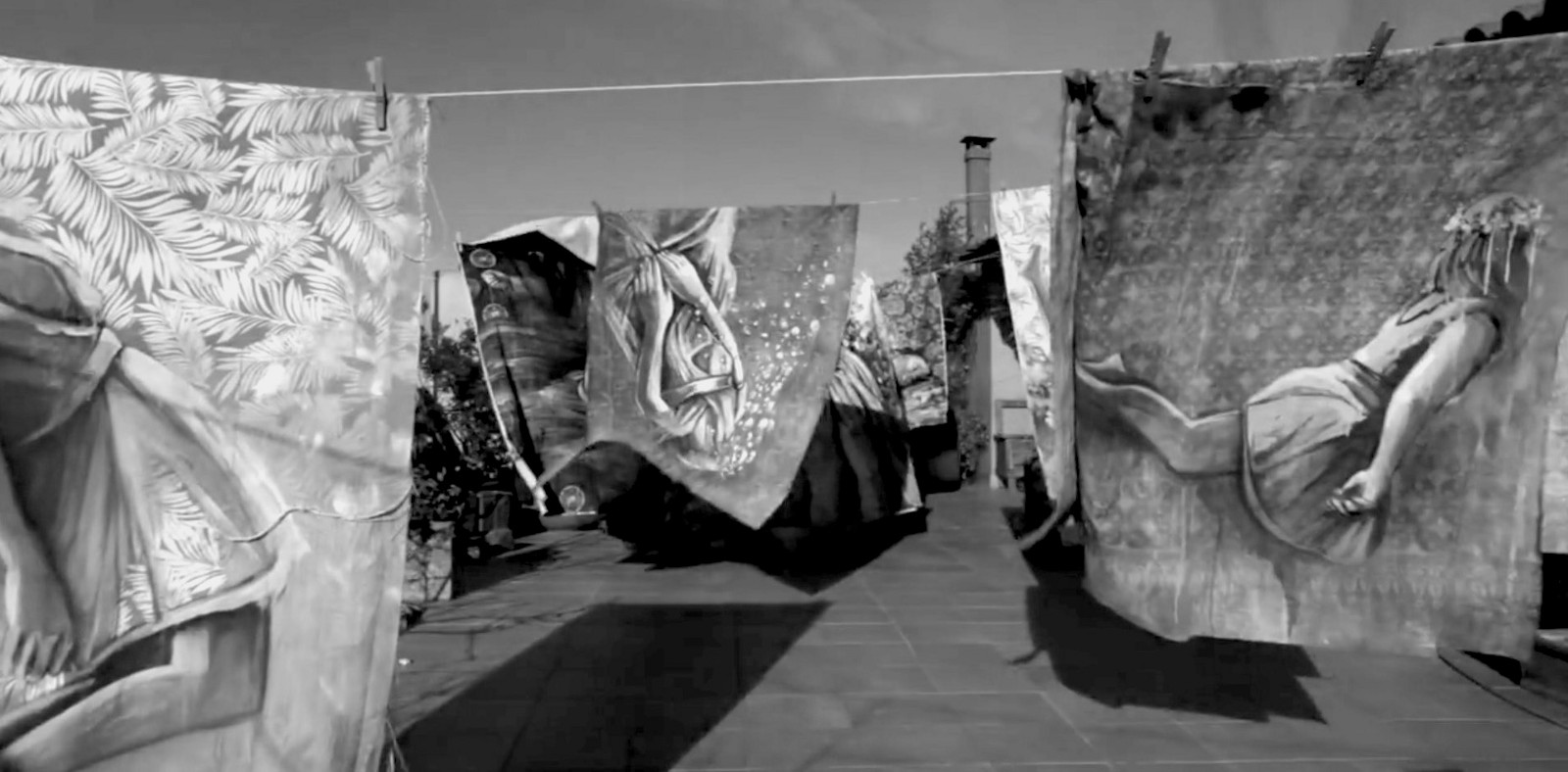okey-panky
The Loneliness and Disenchantment of the Alligator
“Life Cycle,” an essay by Libby Kalmbach

The Loneliness and Disenchantment of the Alligator
They decided to call the alligator Minnie only after she’d laid nine eggs, late in the summer of 1952. For all of her 54 years she’d never been given a name because no one knew her sex. But then she revealed herself, her hopes deposited in the sand.
Alligator babies like the ones Minnie hoped to have are around six gangly inches long at hatching, mostly legs and tail, their green brown armor unformed and soft. Their vulnerability makes them seem cute, like they would make good pets, and it’s tempting to put one in a box and try to keep it.
In the 1880s, a number of baby alligators were put in a box and sent to El Paso, Texas, a city that lies on the edge of the state, the country, and the Chihuahuan Desert. They took up residence in a pool downtown, in the middle of a park called San Jacinto Plaza. Alligators, including Minnie, would live there for around 80 years.
The pool was surrounded by streetcar lines and major avenues intersecting, not far from the train station and the international border. It was a place people passed frequently, a place on the way to somewhere, and many stopped at the pool for a moment to peer in and wonder. Alligators, after all, are modern dinosaurs, having dwelt on earth for some 150 million years. This is bound to appeal to the imagination. How strange to think we could possess them. What a special thing to see in the middle of a dusty desert town.
Alligators are not particularly fearsome hunters. Their method is to wait and lurk, preferably in a covered place where they can’t be seen, until something edible moves nearby. Then they lunge. They feed.
But alligators don’t eat very often; they can go up to two years without eating when they have to. Lurking and stillness take up much more of their time.
So alligators do not entertain. However appealing the babies might be, the adults bore us. We can, for a moment, admire their prehistoric bearing, but before long we wish they’d do something.
The El Paso alligators were motionless for so much of the time that some people began to wonder if they were even real. A few would throw rocks or lit cigarettes at them to try to get a reaction. Two alligators died from stoning. In the 1960s, the remaining gators got moved to the zoo. The enchantment was gone from the plaza; the desert held one less mystery.
If only the doubters had been there the day after Minnie laid her eggs, when she was, according to the local news, “as active as a tiny sand lizard.” Her keepers tried to cover the eggs with dirt to protect them, but Minnie wouldn’t let anyone near. She was probably too old for them to hatch but kept her guard up anyway, pacing in the fading desert sun.
“Four Corners of Sunday,” by Ellen Welcker








